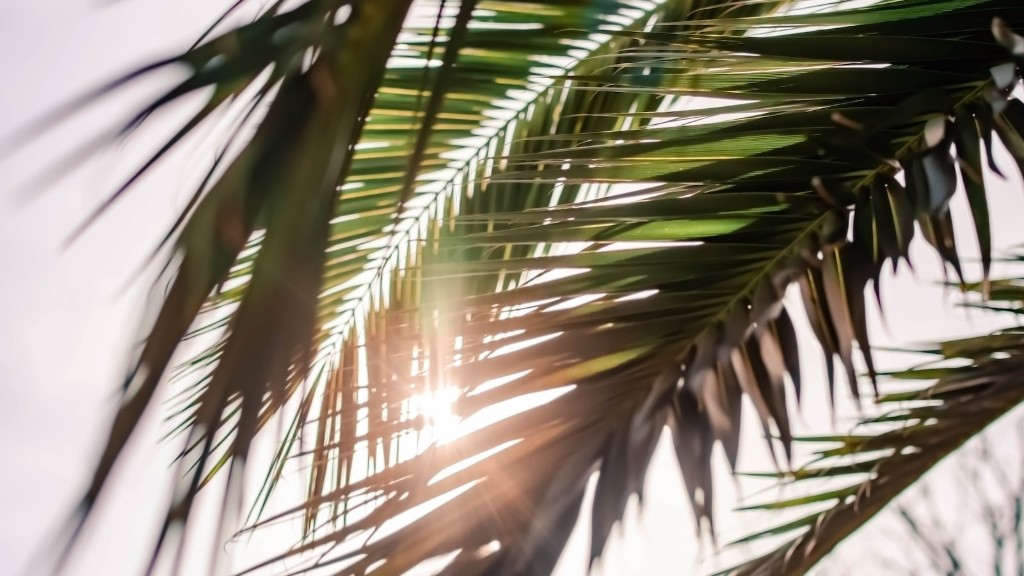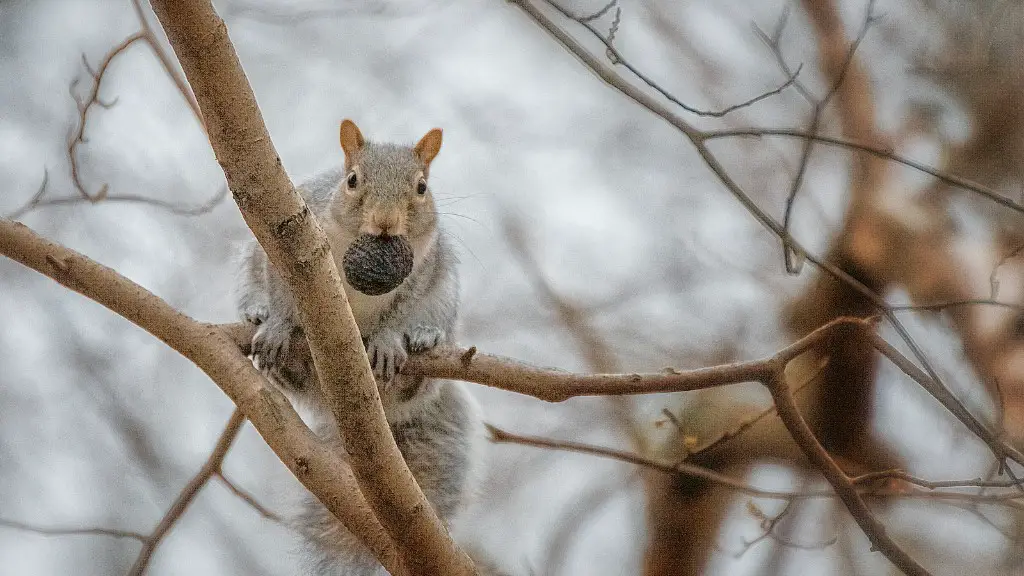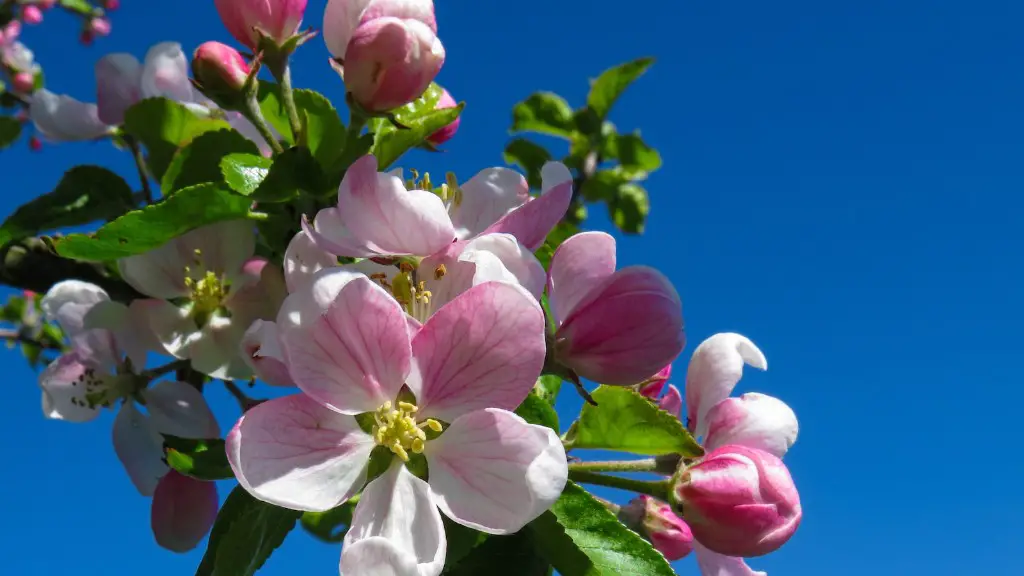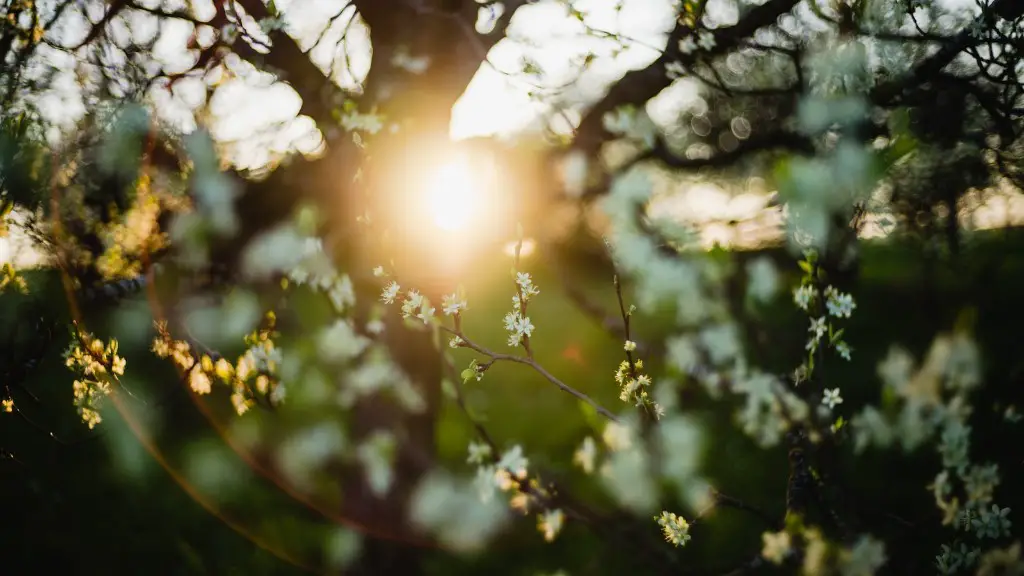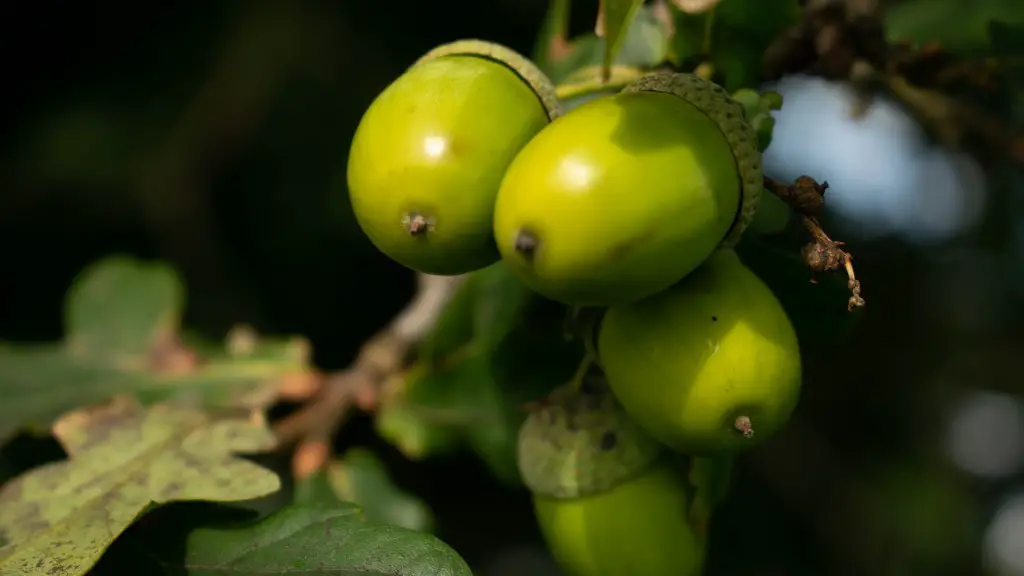Planting palm tree seeds is a simple process, but there are a few things to keep in mind. First, make sure the seeds are fresh – they should be plump and yellow-orange in color. If they are dried out or brown, they will not germinate. Second, plant the seeds in a well-drained, sandy soil mix. You can either plant them directly in the ground or in pots. If you plant them in pots, make sure to put them in a bright, sunny spot. Third, water the seeds well, but do not over-water them. Water them until the soil is moist, but not soggy. Fourth, once the seeds have germinated, fertilize them with a palm tree fertilizer. Follow the instructions on the fertilizer packaging. fifth, once the palm trees have reached a height of 3-4 feet, you can transplant them to their permanent location.
When planting palm tree seeds, it is best to start them in a pot or container filled with a well-draining seed-starting mix. Sow the seeds 1/2 inch deep and water them well. Place the pot in a warm, sunny spot and keep the soil moist. Seeds should germinate in four to eight weeks. Once the seedlings are large enough to handle, transplant them into individual pots filled with potting soil.
How long does it take to grow a palm tree from seed?
If you’re growing palm trees from seed, be prepared to wait a while for them to sprout. The time to germination varies wildly among palm species, but it’s probably longer than you’re accustomed to. Some palm trees will sprout in 70 days, others, such as coconut palms, can easily take six months to sprout. Don’t worry if the seed starts looking a little ragged while you’re waiting. With patience, you’ll eventually see new growth.
If you want to grow your own palm trees from seed, it’s easy and fun. You’ll be rewarded with lots of small palms for the rest of your life. However, if you want to grow a large palm tree from seed, it will take some serious patience.
How deep do you plant palm tree seeds
Palm tree seeds need warm temperatures and high humidity to germinate. If you are planting a small number of seeds, soak the seeds for a few days in water, then cut the fruit tissue away with a knife. Plant each seed in a small container, covering it thinly with soil or leaving it half buried. Keep the soil moist and warm (around 80 degrees Fahrenheit), and the seeds should germinate in four to six weeks.
As gardeners, we need to remove the forming seed pods and residual frond portions as needed and at any time of the year. We should cut the pods as they form back to near the trunks of the palms. This will help keep the palms looking neat and tidy.
Are palm trees hard to grow from seed?
Palm seeds are relatively easy to germinate from seed if you follow some simple steps. We find that the following method is very successful:
Palm seeds are best sown in pots but to prevent waterlogging it is beneficial to use deep clay pots. Fill the pot with a well-draining potting mix and water it thoroughly. Sow the seeds on the surface of the mix and then cover with a thin layer of sand or vermiculite.
Place the pot in a warm, bright spot but out of direct sunlight and keep the mix moist but not wet. Germination can take anywhere from a few weeks to several months so be patient. Once the seedlings appear, thin them out so that only the strongest one remains in each pot.
Figure 6 shows that most palm seeds require a soak in water to first soften the fleshy fruit wall. The water should be changed each day if possible.
When should I harvest palm seeds?
If you want to collect seeds that will grow into healthy plants, it’s important to wait until the seeds are ripe. You’ll know the seeds are ripe when the fruit is showing some color or has fallen freshly from the tree. It’s not as important to collect a lot of seeds as it is to make sure they’re fresh. Fresh seeds will almost always give you better results.
Sandy loam soil is usually the best option for palm trees as it is moist, loose, and well-drained. too much water can become a problem for palm trees, so it is important to make sure the soil is not too soggy.
How often do palm trees produce seeds
Most palm trees will flower and produce fruit only once per year. Depending on the species, the fruit may be edible. For example, coconut and date palms can be grown for food production in your own yard.
When growing palm trees in pots, it is important to choose a pot with drainage holes to prevent the roots from sitting in water. A quality potting soil or potting mix will help to ensure that the roots have enough moisture without being overloaded. A 50/50 combination of potting soil and potting mix is a good option.
How many years does it take for a palm tree to grow?
The bamboo plant is a fast-growing plant that can reach its full height in 20 years or less. It usually grows more than a foot a year.
The researchers’ interpretation of the size of the seed as a response by the palm tree to competition between seedlings of the same species makes sense. As a rule, most plant species form mobile seeds that can fly, swim, or be transported by animals, so the seedlings do not compete with their parents for light, nutrients, and water. If the palm tree were to form smaller seeds, they would be more likely to be eaten by animals or blown away by the wind before they had a chance to germinate. The larger seeds are more likely to survive and compete with other seedlings of the same species for light, nutrients, and water.
Can you plant the seed pods from a palm tree
Yes, you can grow palm trees from seed, but it is a long process. Make sure to remove all of the fleshy fruit from the seeds before planting them in containers of potting soil. Plant the seeds just below the soil surface, very shallow.
Male flowers tend to be brighter and more colorful than female flowers. This is because they are trying to attract pollinators, like bees, to them. The brighter the flower, the more likely it is that a bee will be attracted to it and will pollinate it.
What are the little balls on a palm tree?
The balls on the tops of palm trees are the result of a palm tree’s healthy reproductive cycle, or its fruits. The majority of these fruits are edible, with coconuts and dates among the most popular. While the balls may look unappetizing, they are actually quite nutritious and can be a good source of vitamins and minerals.
The city of West Palm Beach is considering removing palm trees from public spaces because they don’t provide the same environmental benefits as other types of trees. Palm trees do not sequester carbon at the same rate as our native canopy trees and do not provide shade, cool down streets and sidewalks to help counter the urban heat island effect that canopy trees do.
Final Words
1. Choose a healthy, ripe palm fruit. Cut it open and remove the seeds.
2. Plant the seeds in a seed-starting mix or a well-draining potting soil.
3. water the seeds well and place them in a warm, sunny location.
4. Keep the soil moist but not soggy. Seeds should germinate in 4-8 weeks.
5. When seedlings are large enough to handle, transplant them into individual pots.
6. When seedlings are a few inches tall, transplant them to their permanent location in the landscape.
If you want to plant palm tree seeds, you will need to choose a type of palm tree that is appropriate for the climate where you live. Once you have selected a tree, you will need to purchase seeds from a nursery or online retailer. Then, you will need to plant the seeds in a well-draining potting mix. After the seeds have germinated, you will need to transplant them into a larger pot or into the ground. With proper care, your palm tree should thrive and produce seeds of its own.
